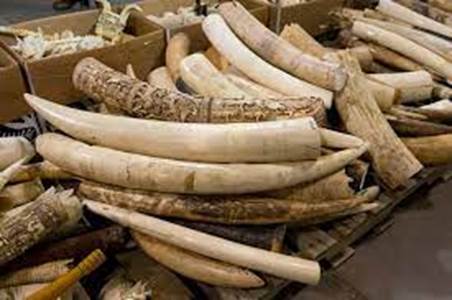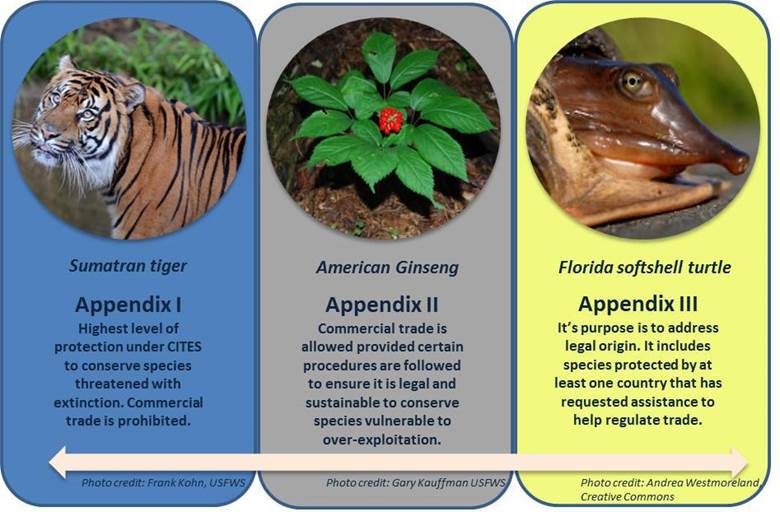Free Courses Sale ends Soon, Get It Now


Free Courses Sale ends Soon, Get It Now



Copyright infringement not intended
Context: For the first time since joining the Convention on International Trade in Endangered Species of Flora and Fauna (CITES) in 1976, India did not vote against a proposal seeking to re-open the ivory trade.
Details:
Background:
About the CITES:

© 2024 iasgyan. All right reserved